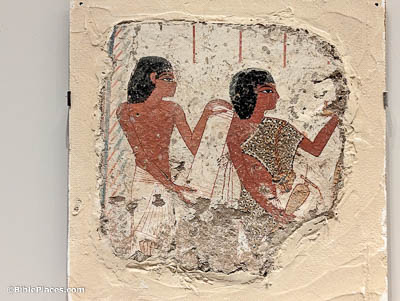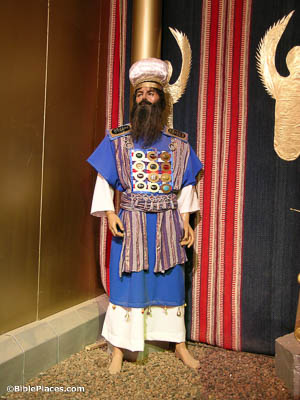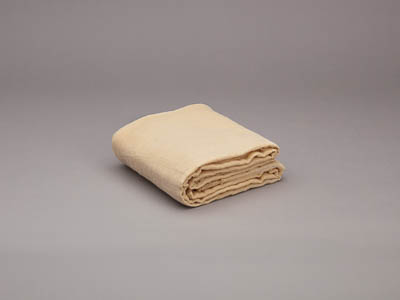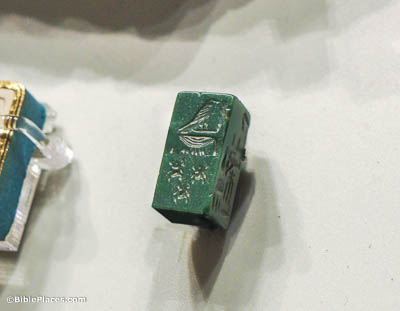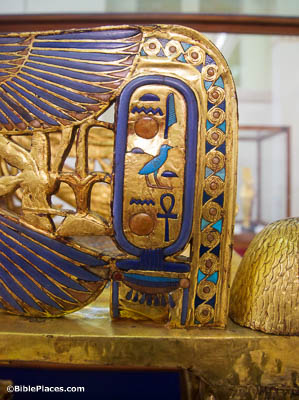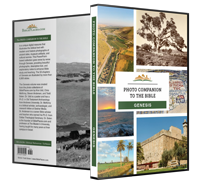Now summon Aaron your brother, and his sons with him . . . that he may serve me as a priest (Exodus 28:1)
The role of a priest was well-known in ancient Egypt, from which the Israelites had recently come. One of the standard signifiers of an Egyptian priest was a leopard skin, as seen on the priest on the right in this painting. This tomb painting, which is roughly contemporary with the time of Moses, was photographed at the Israel Museum.
